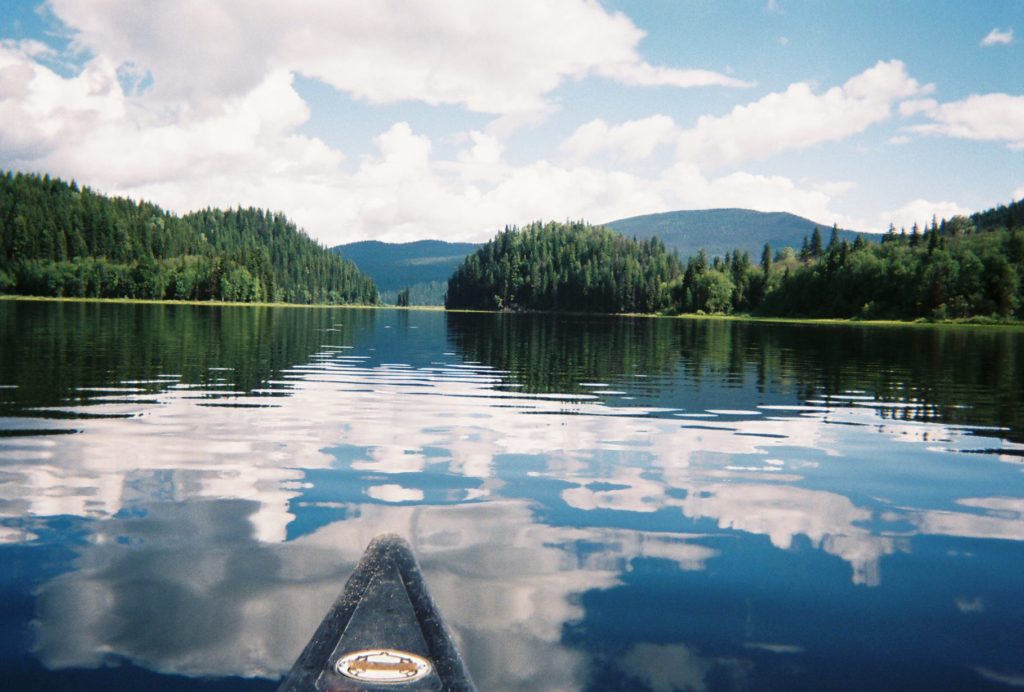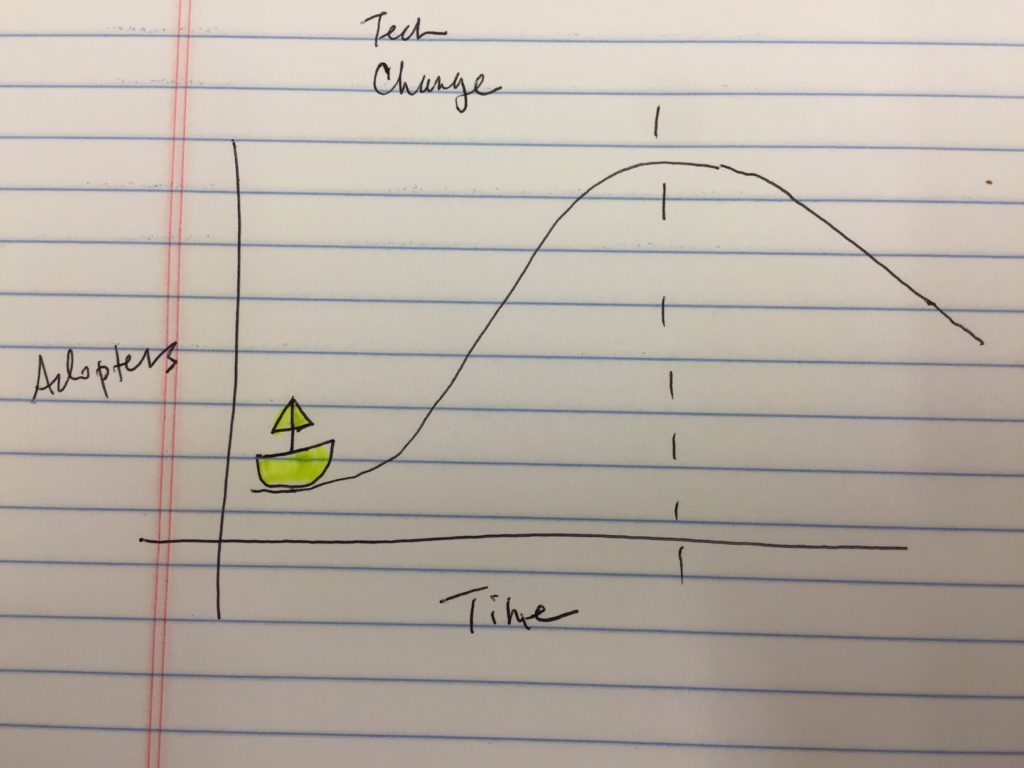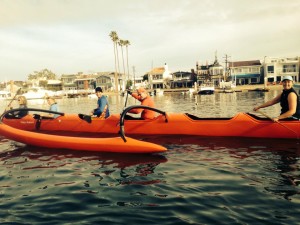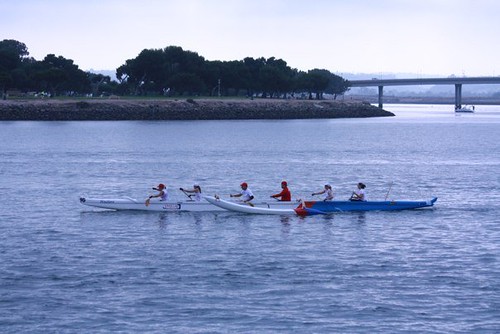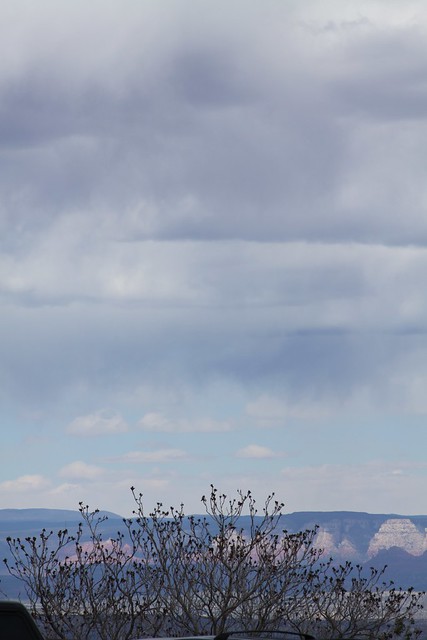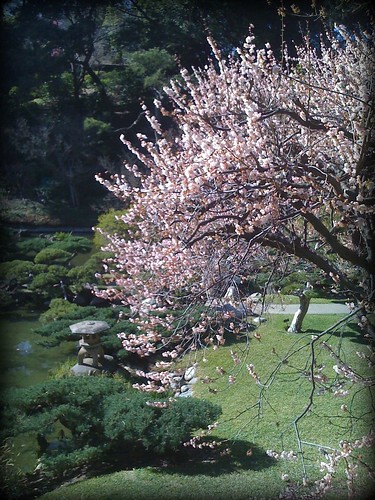A few years ago I realized that being healthy and strong was critical to my overall well-being. In fact I began to see that when I was healthy, everything else in my life flowed better. As a result, each time I sit down to set goals, healthiness is at the top of my list: to walk as well as I can, to do strength training, and to maintain my joint health.
For me being healthy is also one of my biggest challenges. Because I’m an amputee I can’t just take up jogging five miles a day, so I find that I have to be a lot more creative in the ways that I exercise. I also have learned that I can’t do this alone, so I have coaches and friends who keep me motivated to keep at my health routines.
As of right now, this is my weekly exercise schedule:
Monday:
Early Morning, strength training with Coach Sarah
Evening, gyrotonics with Victoria (at Beau Corps studio)
Tuesday:
Rest Day
Wednesday:
Early Morning, strength training with Sarah
Evening, Iyengar yoga with Denise’s Intermediate Class
Thursday:
Rest Day
Friday:
Early Morning, strength training with Sarah
Saturday:
Early Morning, Outrigger Canoeing Team Practice
Sunday:
Either a 2-hour yoga workshop or a solo paddle on my canoe
What I like about this schedule is that it is a good mix of activities that I genuinely enjoy. And I also like that it is a mix of solo exercise and group/team exercise. What I don’t like: is that I don’t get ample cardio exercise. I also feel like I ought to incorporate more stretching into my regular routines, such as a deep stretching/yoga workout on Tues/Thurs mornings. And I must confess that the first thing to go in this schedule is my Wednesday yoga class–it is so hard to keep that commitment between teaching into the evenings on Tuesday and Thursday (and also one Wednesday per month I am at our South County campus too late in the evening to get to my yoga class).
I also just feel like overall it’s not enough. I’m not as tone as I used to be and I definitely get creaky and injured far more easily than I did even five years ago (not to mention having put on 10 pounds that is definitely not muscle). But I can barely keep up with this routine on top of my work and teaching, so I can’t really imagine adding more (like swimming, I really want to add swimming–but when?).
I guess I’m curious if any of you can suggest ways that I could squeeze in a bit more exercise here and there, or if you want to share your fitness plans with me, as something I might emulate?
(Note: photo taken 6 years ago, when my friend Crystal was doodling on my shoulders–that’s not permanent ink…)

